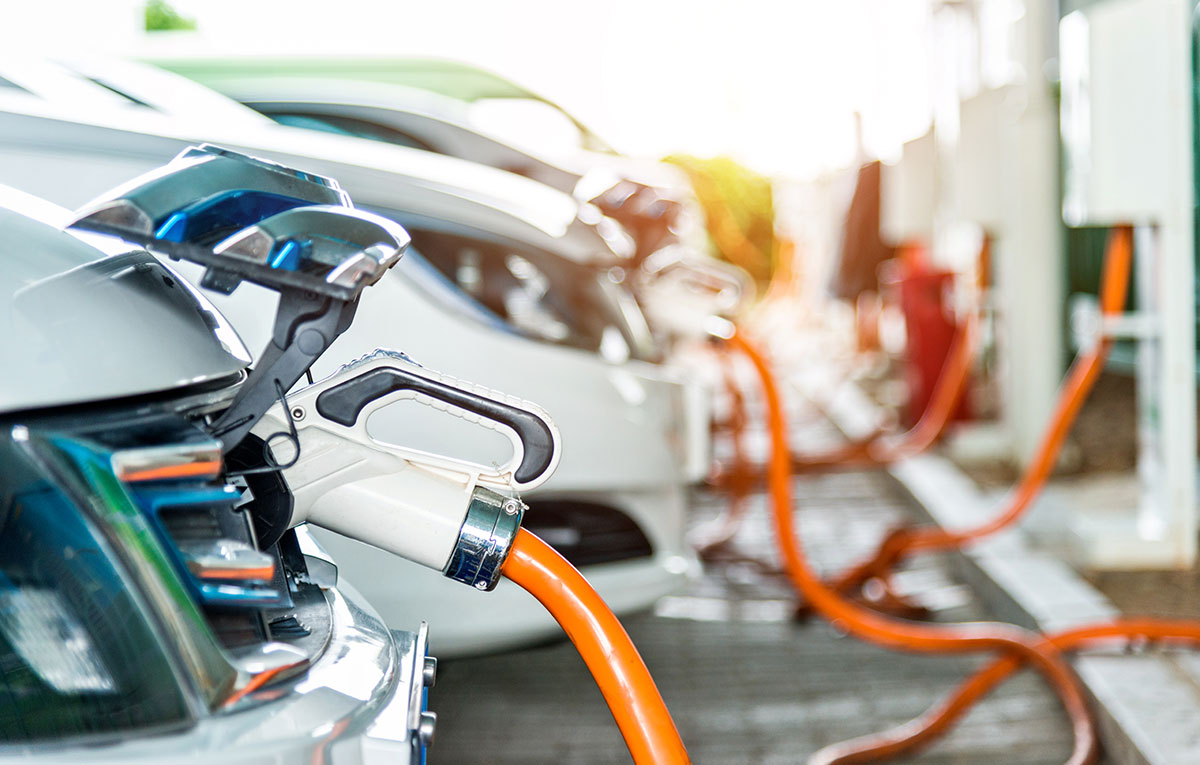BEV, ICE sales fall as hybrids and plug-ins accelerate
Quarterly sales of electric vehicles fell to their lowest levels in two years in the March quarter amid a decline in overall vehicle sales and a sharp increase in sales of conventional hybrids and plug-in hybrids, according to the nation’s peak motoring body.

The AAA’s quarterly EV Index shows Australians bought 17,914 new battery electric vehicles (BEVs) in the three months to 31 March – equivalent to 6.3 per cent of all new car sales. This was a reduction from 21,331 sales in the December 2024 quarter, or 7.42 per cent of the market.
Internal combustion engine (ICE) vehicles continued to dominate overall sales, with 206,810 sold in the March quarter, or 72.68 per cent of the total market. This was a reduction from 215,789 sales in the December quarter, or 75.1 per cent of the market.
National total vehicle sales fell by 0.96 per cent in the March quarter. But hybrid sales rebounded after falling in the December quarter, and plug-in hybrid (PHEV) sales almost doubled from 7,556 vehicles in Q4 2024 (representing 2.63 per cent of the market) to 13,698 in Q1 2025 (4.81 per cent market share).

Trends
The AAA EV Index online data dashboard analyses all new light vehicle sales across the country.
Despite quarterly fluctuations over the past two years, sales figures confirm a clear trend of growth for hybrids.
BEV sales and market share seem to have peaked for now, with both metrics still below their Q2 2024 records.
In the first half of 2023, BEVs outsold hybrids nationally, but since then hybrids have outsold BEVs in seven consecutive quarters.
Government rebates for BEV purchases have ceased in all states and territories. Western Australia was the last state to remove its rebates, ending them on 10 May.
PHEV sales are growing strongly. This is occurring from a low base, but the trend is continuing and only one of the past nine quarters did not register growth in PHEV market share. PHEV sales are strongest by far in the ACT (11.65% market share in Q1 2025). The five largest states had PHEV market shares between 4.38% (in NSW) and 5.30% (in Western Australia), in line with the national rate of 4.81%. But the ranking of these states changes with every quarter.
Two big changes may have contributed to the March quarter’s strong PHEV sales. BYD released its Shark 6 4WD ute and sold 4,836 of these vehicles during the quarter. In addition, while plug-in hybrids had been exempt from fringe benefits tax, which can save motorists thousands of dollars when they buy a new car under a novated lease, that benefit ended in April 2025. It is possible that these two factors triggered an increase in PHEV sales and sales could fall in the June and September quarters.
Fuel types and vehicle types – Q1 2025
Medium SUVs remain Australia’s most popular vehicle segment. They dominate the hybrid, BEV, and PHEV markets, but among ICE vehicles they are the fourth-most popular segment behind small SUVs, 4WD utes and large SUVs, respectively.
In the March 2025 quarter, about half (50.26%) of new medium SUVs sold were ICE; 29.88% were hybrids; 10.94% were BEVs; and 8.92% were PHEVs.
Until this year, medium SUVs overwhelmingly dominated PHEV sales. In the December 2024 quarter 76.7% of PHEVs sold were medium SUVs. But in the March 2025 quarter BYD’s Shark 6 PHEV 4WD ute entered the market and accounted for 35.3% of total PHEV sales (and 9.28% of total 4WD ute sales). The medium SUV share of PHEV sales fell to 46.9% of March quarter PHEV sales. But total sales in this class rose 10.91% quarter-on-quarter (from 5,795 to 6,427), reflecting strong growth in overall PHEV sales.
In the March quarter, ICE vehicles still dominated all market segments except for medium cars, with 42.58% being BEVs, 27.02% ICE, 29.81% hybrids and 0.60% PHEVs.
More than 97% of vans sold were ICE vehicles. But ICE market share for 4WD utes fell from 99.23% in Q4 2025 to 89.98% in the Q1 2025. The remaining 4WD sales were 9.28% PHEVs and 0.74% hybrids.
EV Index
The AAA EV Index collates information from multiple national, state and territory sources, including information provided by the Federal Chamber of Automotive Industries and the Electric Vehicle Council, used with the FCAI’s and the EVC’s permission.
The Index is intended to enable consumers, businesses, and fleet managers to see the trends transforming the national vehicle market. Its online dashboard covers light vehicles of all fuel types – BEVs, PHEVs, conventional hybrids, HFCEV, and ICE.
For more information – including state and territory sales figures – see evindex.au